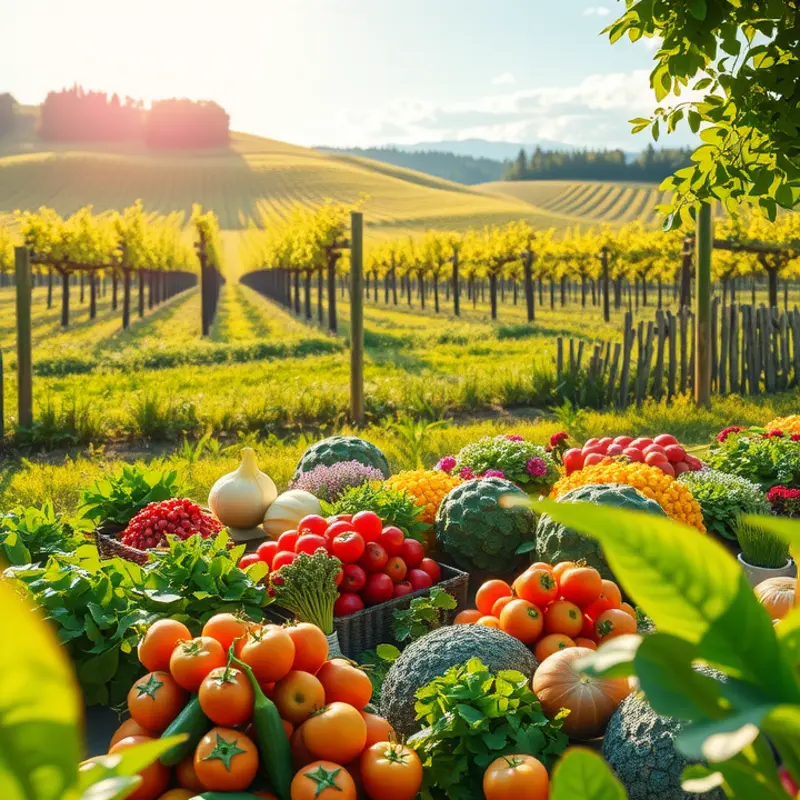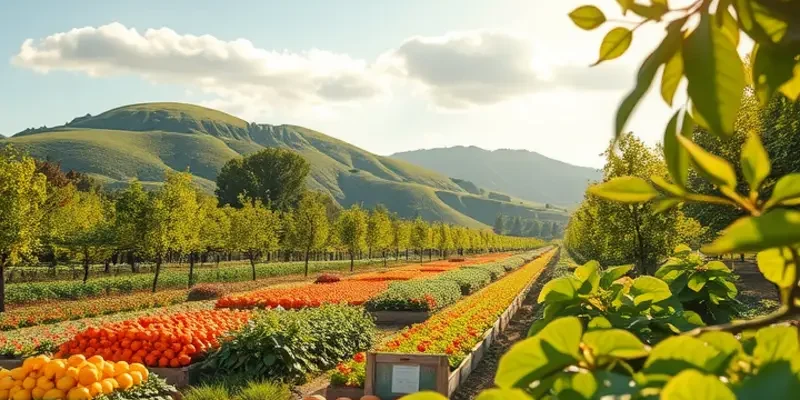Pan-searing is a fundamental cooking technique that can elevate any dish. Whether you’re a novice or a seasoned home cook, mastering this skill opens the door to creating restaurant-quality meals. This article focuses on practical, easy-to-follow tips that will help you achieve a perfect sear on meats, seafood, and vegetables. With just a few adjustments to your cooking routine, you can add incredible layers of flavor and texture to your dishes.
Understanding the Basics of Pan-Searing

Pan-searing is an indispensable culinary technique that combines high heat and quick action to create a beautifully caramelized crust on your food. To achieve the perfect sear, selecting the right equipment is crucial. Ideally, a heavy-bottomed skillet, like cast iron or stainless steel, provides even heat distribution, essential for consistent searing. A non-stick pan may seem convenient, but it often lacks the heat retention required for a crisp, browned exterior.
Having the right ingredients is just as important. Freshness and quality are key; use cuts of meat with a uniform thickness for even cooking. Steaks, chops, and fillets are excellent choices for pan-searing. Opt for meats with a moderate to high-fat content, as fat helps form that desirable crust. For vegetables, select firm varieties like asparagus or Brussels sprouts that can hold up to high heat without becoming mushy.
Before placing any food in the pan, ensure it is dry. Excess moisture causes steam, hindering caramelization. Pat your protein or vegetables with a paper towel beforehand. Adding seasoning prior to cooking is also essential, enhancing flavor and aiding in moisture evaporation.
Temperature control is the essence of successful pan-searing. Preheat your pan on medium-high heat until it’s hot enough to produce a slight shimmer. Testing with a drop of water that sizzles immediately upon contact is a good indication.
Once the pan is well-heated, add oil with a high smoke point, such as canola or grapeseed. Allow the oil to heat until it glistens, indicating it is ready to sear. Avoid overcrowding the pan, which lowers the temperature and leads to steaming instead of searing. Leave space around each item for even cooking and better heat exposure.
Place the food gently into the pan without pressing down. Let the heat do the work. For a proper crust, it’s vital to exercise patience. Resist the temptation to move the food too soon; it should release naturally from the pan when ready to flip.
Timing varies depending on the thickness and type of ingredient, but typically, 2 to 4 minutes per side achieves a golden-brown crust for meats. For vegetables, aim for tenderness while maintaining a vibrant color.
Understanding how to use your kitchen resources effectively can transform your searing experience. For additional tips on smart ingredient utilization and minimizing kitchen waste, consider reading about low-waste cooking prep. Investing time in understanding these nuances not only elevates your cooking skills, it can also enhance sustainable practices in your culinary endeavors.
Mastering the basics of pan-searing is a gateway to exploring more advanced culinary techniques, opening doors to creating a broader range of sophisticated dishes with confidence and skill.
Techniques for Perfect Pan-Searing

Achieving a golden-brown crust is an art that begins with the perfect preheat. Before you start, ensure your pan is dry and clean. Place it on medium-high heat and give it time to heat thoroughly. The key is to let the pan get hot enough to create a splendid sear without burning the ingredients. To test if it’s ready, add a small droplet of water; it should sizzle and evaporate instantly.
Selecting the right fat is crucial. While olive oil is popular, choose oils with a high smoke point for better results. Options like grapeseed or sunflower oil withstand higher temperatures, giving you more control. Butter is excellent for flavor but prone to burning. If using butter, combine it with a high smoke point oil to balance taste and temperature control.
Timing your flip is as critical as the preheat. Allow the ingredients to sear on one side until they naturally release from the pan. Flipping too soon can tear the crust, compromising texture and color. A gentle shake of the pan can help determine readiness—the ingredient should move with ease. Resist the urge to check too often; patience here is your ally.
Flavor enhancements can elevate your dish. Herbs and spices bloom when introduced at the right moment. Add whole garlic cloves or rosemary sprigs alongside your ingredient in the final moments of cooking. This will infuse subtle flavors without overpowering the main element.
Maintaining consistent heat is another secret to success. Adjust the burner as needed to avoid overheating, which can lead to an uneven crust. Some recipes benefit from initial high heat to start the searing process, followed by a reduced temperature to finish cooking. This method is especially effective for thicker cuts, ensuring a perfect balance between crust formation and internal cooking.
For additional tips, learn how to utilize low-sodium flavor boosters, which can complement your searing techniques. These can be found on this guide to flavor boosters without salt.
Honoring these techniques will improve not just your searing skills but your overall cooking prowess. Practice and patience are your best tools. Embrace mistakes as learning opportunities. With time, mastering the art of pan-searing will transform your cooking, making each dish a flavorful masterpiece.
Final words
Pan-searing is not just a cooking technique; it’s an art that transforms simple ingredients into delicious masterpieces. By understanding the fundamentals and applying advanced techniques correctly, any home cook can achieve professional results. Remember, practice is key. Don’t be afraid to experiment, adjust your methods, and embrace the learning process. With these tips, you’re well on your way to mastering pan-searing and elevating your culinary skills to new heights.







